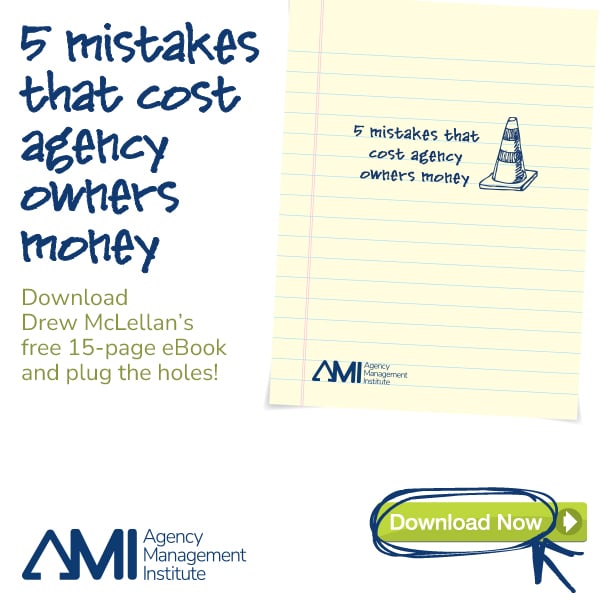3 Science-Backed Reasons You Need to Post on LinkedIn
The image that most professionals have about posting on social media isn’t too positive. In fact, it’s usually downright horrible. When you picture “posting on social media,” what image comes up? Teenagers sprawled on their beds and posting Instagram selfies on their phone? The hipster taking a picture of their food at a restaurant for [...]




